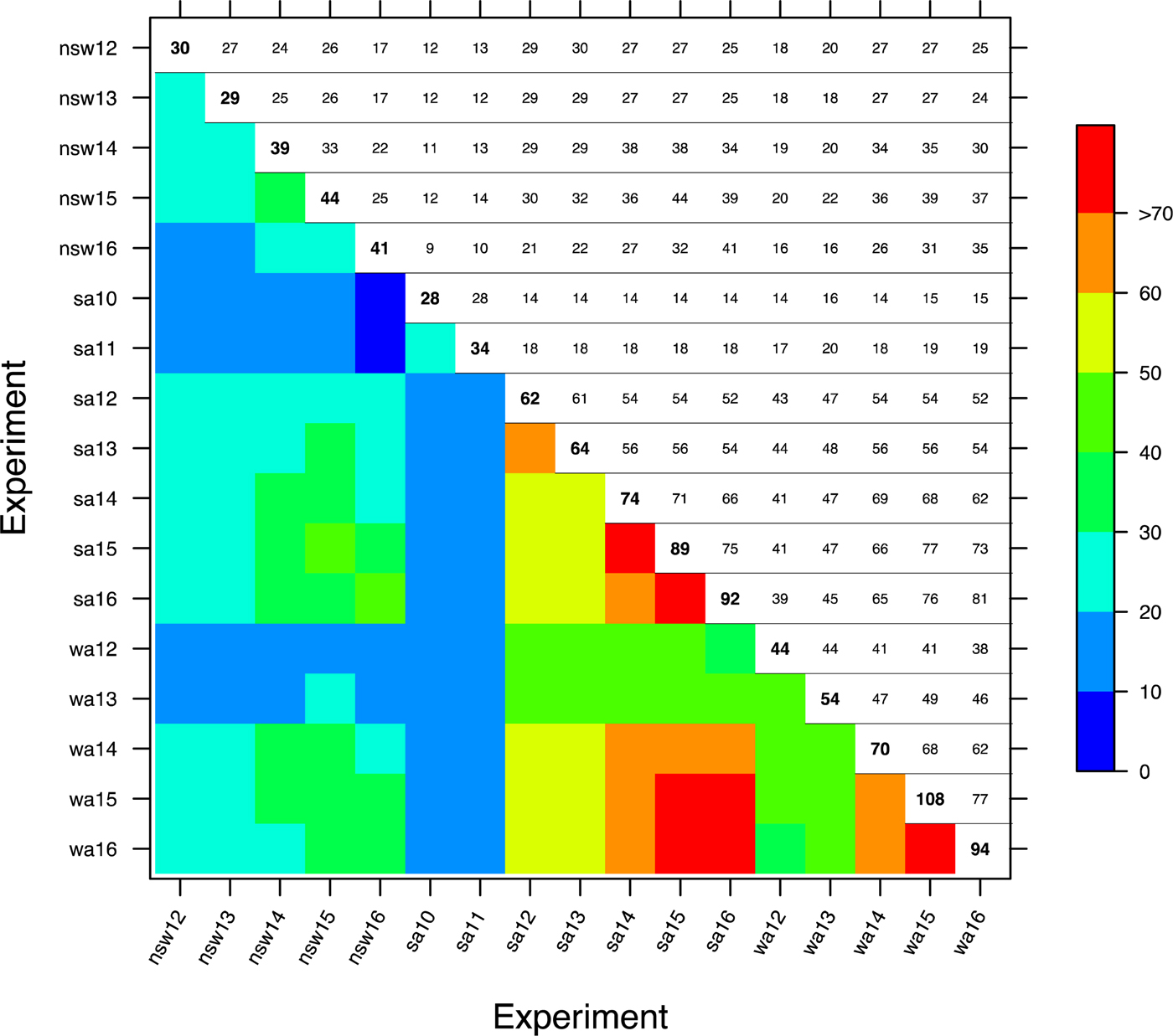

time were analysed using ASREML, a linear mixed model analysis program. Answers without enough detail may be edited or deleted. of interactions enables confident predictions of carcase traits under a variety. Want to improve this post? Provide detailed answers to this question, including citations and an explanation of why your answer is correct. This was interesting, given that I had previously found high Pearson correlation between some predictors. The design was inspired by the S function of the same name described in Hastie & Pregibon (1992). If x.num is supplied, the predictions will be obtained for the values supplied in x.pred.values and, if supplied, x.plot.values will replace them in the alldiffs.object that is returned. The original R implementation of glm was written by Simon Davies working for Ross Ihaka at the University of Auckland, but has since been extensively re-written by members of the R Core team. In my subsequent analysis, I've found that multicollinearity was not an issue for my models (all VIF values < 3). This function forms the predictions for term using classify and the supplied asreml object and stores them in an alldiffs.object. predict()SEDSEDaliased View topic - Predicting over three seasons for many individuals Forum VSN International.
#ASREML R PREDICT.ASREML ALIASED INTERACTION CODE#
The blogger provides some useful code to calculate VIF for models from the lme4 package. Is using VIF more robust than simple Pearson correlation? predict.asreml is an instance of the generic method predict for objects of class asreml.Forms a linear function of the vector of fixed and random effects in the linear model to obtain an estimated or predicted value. My models take the form: model 5, then multicollinearity is high between predictors.

I am currently running some mixed effect linear models.


 0 kommentar(er)
0 kommentar(er)
